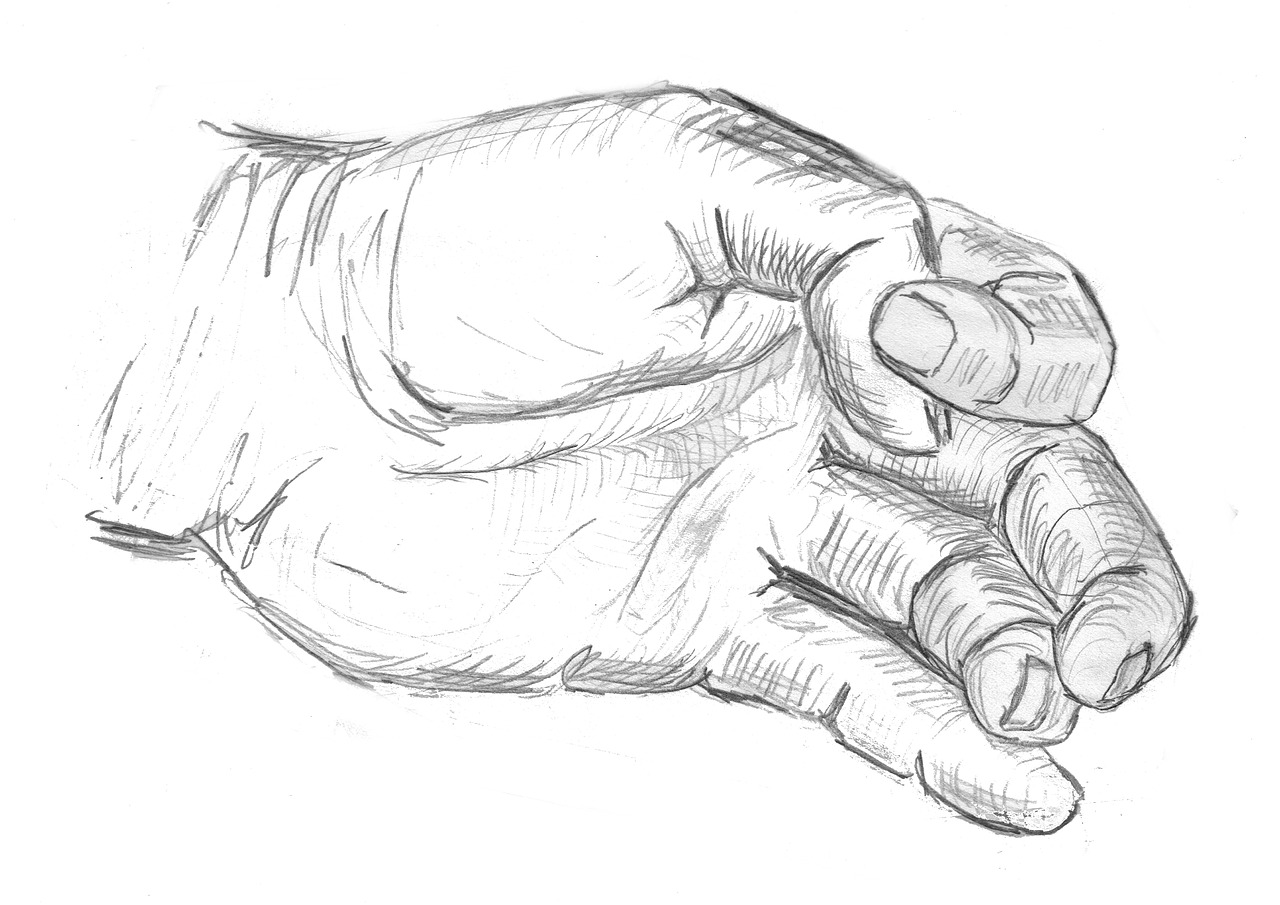Get Real with Carla Stockton
Titanic on Wheels: Why the 2014 Supersize Bus Accident in Times Square Matters Now More Than Ever
—

Professional Tour Guide Fred Pflantzer is an activist, an organizer, and he has been fired twice by tour bus companies who will not tolerate his agitation. “You’d think we were living back in the turn of the twentieth Century. .” What frustrates Pflantzer more than the employers who find his activities threatening is the fact that he can’t get his fellow tour guides to join him in his demands for unionization, for fair labor practices. “They’re making less than they did five years ago. Can you believe that? Who stays in the same job but makes less than they did five years ago? Why are they so complacent?”
While Pflantzer could be right about the fact that tourist industry people are not organized and do not fight for their rights, he is wrong about their complacency. The people who comprise the main body of the army of foot soldiers that keep the industry afloat are individualistic, iconoclastic, the opposite of joiners, and they are suspicious of the groups who promise to make things better. In 2011, when I was working on the buses and a member of the arbitration team lobbying for better working conditions, one seasoned guide scolded me for interfering. “Why should we have a union? All the union’ll do is charge money for dues to help the union. I’ll mind my own business and keep my wages to myself, thank you very much.”
But Pflantzer speaks from personal experience. He joined a company called CitySightsNY, at a time when CitySights was undergoing some huge transitions, and in the two years following his hire, salaries dropped by $7/hour. He saw the handwriting on the wall then and began an all-out assault on the status quo, scheduling meetings, inviting unions in to pitch their services. He believed he could do some good for the industry he had newly adopted as his own.

Like many guides, Fred found that tour guiding offered him a living when he had fallen out of sync with the times. Up until 2008, Pflanzer was a successful videographer, who specialized in videotaping life events like weddings and graduations, creating promotional videos for corporate clients, etc. When the advent of inexpensive cameras and editing equipment enabled “amateurs” to undercut his prices, the bottom fell out of the business. “I needed work I could do well, make good money and enjoy at the same time. Tour guiding was perfect. I loved it—I could be on top of a bus, touting the city I love and get paid for it. Wonderful… I still feel that way about guiding, but the companies exploit their workers, and that makes conditions pretty bad.”
It’s true. They do.
As anyone who has ever worked in the tourist industry will tell you, The “little people”—drivers, guides, ticket sellers, dispatchers—are the reason that tourism dollars account for over $92 million in annual city revenue, why New York has re-emerged as a destination favorite world-wide. When some of those “little people” were nearly killed in a collision between a pair of double-decker buses last August, the news media covered the immediate aftermath of the accident, but there was no discussion of the many aspects of the tourist industry that were reflected in that mishap.
The media did report that William Dalambert, one of the drivers, was cited for “driving while impaired,” and they subsequently reported that he had passed all his drug and alcohol screenings. What they did not report was that that driver, like any driver who drives a tour bus, puts his life on the line every time he dons his uniform and prepares for another day of looping about the city. Nor did they report that the driver in this case will probably take the fall for the big guys, who have already undoubtedly—you will pardon me for doing this please—blithely thrown him under the bus.
For those of us who have worked in the tourist industry, particularly those of us who have toiled on the sightseeing buses, the source of the citation was laughable. “Impaired?” one guide laughed over the phone when I called to ask what had happened. “Those guys are downright hobbled! You can’t help but be impaired when you’re driving under the conditions they have to contend with.”
The real surprise that day was that no one was killed. In fact, while some injuries were severe, no one left the bus impaired for life, and that was nothing short of a miracle. “We’re just lucky,” my tour guide friend assured me, “That this doesn’t happen all the time!”
The tour bus industry, which has grown to astronomic proportions here in New York City, is treacherous for the employees who keep it going. It may look easy, but it takes hard work to perpetuate the Disney-esque illusion that NYCGo, New York’s equivalent of a Chamber of Commerce, and our many advertisers promote when you are battling the adversity that resides in the city’s underbelly, where you are more likely to be living. People on the buses have to look like they’re having fun, and sometimes they are, but never are they out of harm’s way.
“Nobody wants to know about us,” says Stefan Stanley, once a bus employee and now a freelance tour guide. “Everyone’s up in arms about the poor horses, and I don’t mean any disrespect for those horses, but they are treated better than tour guides. The real victims out here are the humans driving this business.”
Which is why Fred Pflanzer feels that as the wretched of the earth, they should rise up. In his mind, they have nothing to lose but their pains. But in the minds of the touring proletariat, there is much more at stake than they can afford to risk.
Often the last resort for highly intelligent people with poor skills for traditional jobs, the tour industry attracts and employs dispatchers, drivers, guides, ticket sellers, et al., many of whom have failed elsewhere. Some have health issues, past history of addiction, and prison records. This is the last bastion of hope, and it has huge potential. If it takes some forbearance, well, that’s the cost.
Stefan Stanley explains, “It’s a lucrative business for the owners, but because people feel like they have too much to lose, everyone else just gets taken advantage of.”
Moses Gates, a former tour guide now Director of Planning and Community Development for a Not-For-Profit Neighborhood Housing Development, sums it up succinctly. “To the working class, laws are real. For big business owners, they are simply games. If a working stiff gets caught in a violation, he pays a stiff penalty that can cost him a month’s rent or his kids’ food. If a corporation gets caught, well, the damage is negligible. Which puts the big guys above the law and allows them to get away with anything just short of murder.”
Case in point: Last year, the New York Daily News reported that CitySightsNY, Airlink and others in the conglomerate of businesses owned by Jacob Murmurstein were fined more than $500,000 for spilling oil, dumping debris into the Gowanus Canal. The fine did not repair the environmental damage, and the $500,000 was nothing more than a minor tax write-off for Murmurstein, but shortly after he made the payment, tour guide salaries shrank from $18 to $15/hour.
The Murmurstein operation is typical of those that dominate the tourist trade, and the CitySightsNY story is legendary.
In summer of 2005, Jacob Murmurstein and his son Mark, who already ran AirLink, the local version of SuperShuttle, formed CitySightsNY with a group of disgruntled employees from Gray Line Tours, then owned by Coach USA, the dominant player in the world of sightseeing buses and airport transfers. The Murmursteins hired a skeleton staff that included an Operations Manager, a Marketing Manager, drivers, dispatchers and tour guides. The small staff was on the street and on the buses for long hours at a time, without breaks, and they gladly spread the word that CitySights was a company that did what Gray Lines did except for less money and with higher quality tours.
By 2009, CitySights had surpassed Gray Line in the number of visitors it served, and the Murmursteins opened tour companies in Europe, California, Texas and Florida. In partnership with Coach USA, they formed a new company called Twin America and set out to merge the two hop-on-hop-off giants. Though both the federal and state governments sued Twin America in 2012 for operating a monopoly business and pushing out competition, the companies operated as one while each maintained the appearance of autonomy; they kept their administrations separate, their offices in different locations, and their employees discrete. Thus they were able to continue without impediment, “giving the impression,” as it said in the lawsuit, “of competing with one another.”
In May of this year, Twin America agreed to pay a settlement of $19 Million, and the two mega-companies are now officially one. Around the time that the merger became official, tour guide salaries at CitySights dipped again, this time from $15 to #13/hour.
“I guess $13/hour sounds like a great salary to people on minimum wage,” says Stefan Stanley. “But for what we have to go through, for what we have to know, it’s nothing!” Additionally, drivers, dispatchers and ticket sellers earn less than the guides, which can add a modicum of resentment to the mix. The tactic works. Employees who are not on par are less likely to join together in a concerted effort to thwart an employer. When attempts are made to organize, they happen in individual category ranks, not company-wide.
CitySightsNY’s growth was the result of a burst of great energy from the ranks of its personnel. In the early days, employees were exhilarated to be the pioneers, and they were united in the belief that they were sticking it to Coach USA. CitySights paid far better than Gray Line and seemed to pick a higher grade of guides, taking on a coterie of retirees—school teachers, college professors, lawyers and historians—in addition to the students, actors and writers for whom CitySights was a stepping stone survival job.
Gates recalls, “It was thrilling! I was a graduate student, and on my best days, when the tourists were into it, and I ended a three-hour ride around the city to their applause, I thought there was no better job in the world. Especially for a grad student. Remember that CitySights wanted to get guides that were better than the other company’s, so they were paying $20/hour plus tips. I was happy to work as many hours as they asked me, to give up my lunch and dinner hours to be up there being admired and making all that money. It was Heaven.”
Gates was a popular guide. He had an endless Puckish mirth and loved to recount stories of his clandestine excursions into forbidden sectors of the city, about which he has a deep knowledge and with which he shares a great intimacy. Possessed of a firm grasp of the city’s history and a deep understanding of its infrastructures and the political overhang, he could vacillate easily between professorial authority and post-adolescent glee, and the customers loved him and sang his praises on social media. But the company showed no appreciation.
“There were absolutely no amenities back then,” Gates remembers. “There was no office and no office staff. The company literally ran by the seat of its pants.” That meant that there was no real quality control. And because there were no rules, no standards were set as things began to evolve.
“The worst was never being able to go to the bathroom,” remembers Gates. “When we were busy, we weren’t allowed to stop the bus except to discharge passengers and get right back on the road. And we didn’t have a place to gather, much less a bathroom to use when we got back to home base. So while passengers were discharging, I often did what the drivers did; I jumped into the hole behind the driver’s seat and let it rip. It felt good, but it didn’t help the mold or the smell in the cab.”
The guides at CitySights did unionize in 2009, and, unfortunately, they formed a bargaining unit separate from the drivers. The one real accomplishment of unionization was that the employers could no longer punish guides for taking bathroom breaks by docking pay or cancelling a shift.
But female drivers and guides continue to suffer terribly, especially in the summer when they must drink enough water to keep from passing out, and the water insists on being expelled. Opportunities for relief are few and far between, and they are never clean or comfortable.
The union is a perfunctory support at best. There is a rumor among the membership that the union leadership is in cahoots with management, that they make deals that are good for the owners but don’t fix the deep fissures affecting guides and drivers. “Who cares?” comments a guide who prefers not to be named. “Unions are just another kind of big business. Of course they’re in bed with Twin America.”
[View part 2 of this article.]
—
Carla Stockton, Nonfiction Editor of Issue #53, is a lifelong on-and-off New Yorker, who, after living for 13 years in exile in the southwest desert, brings a returnee’s perspective to the city. As a fully licensed sightseeing guide, she has a particular intimacy with the area and is never reluctant to share it with others. Carla’s semi-weekly column will discuss people, places and events in and around Manhattan. Follow her here.





